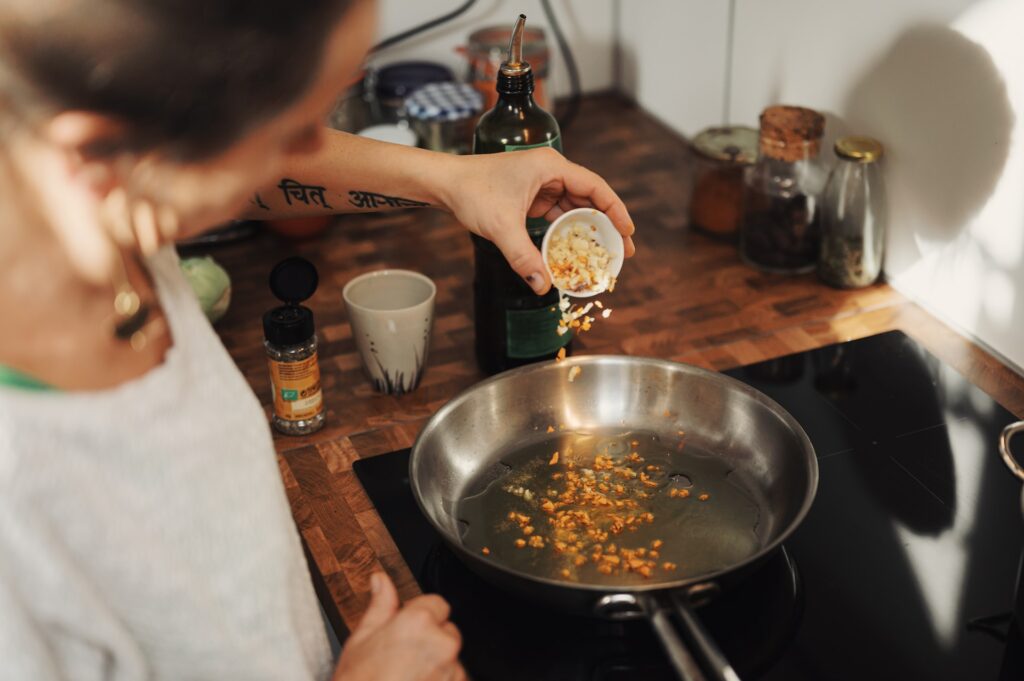Coronacoping: Cooking at home is a ‘thing’ again

Fiction writer Sherrie Flick had an inkling there might be shortages of her favorite cooking and baking supplies when Pittsburgh shut down during the start of COVID-19. For the first time, she signed up for Harvie Farms Pittsburgh’s community-supported agriculture program — despite being a prolific home gardener.
“They tend to have things sooner than my home garden,” the South Side resident explained, and as a vegetarian, she couldn’t do without those staples.
She also anticipated a run on canning jars and turned a laundry and tool room into a makeshift pantry in which to store all the nuts, flour, rice and other grains she’d bought in quantity to ride out the pandemic.
But the biggest change, Flick said, was buying a gas grill. She and her husband, Rick, are adamant charcoal grillers. Yet with infections still on the rise, “It was so clear to me that we’re not leaving this house until 2021,” she said. An outdoor kitchen would ease that pain.
Call it COVID-coping, or doing what needs to be done when you’re suddenly tasked with preparing every meal at home for months on end.
Home cooking is on the rise nationwide, whether people are naturals in the kitchen or not. As a result, grocery purchases have soared, both in stores and online. Food retail jumped by more than 25% in March compared to February, according to the 2020 U.S. Grocery Shopper Trends report. In April, it remained more than 10% higher than pre-pandemic levels.
Before coronavirus, about 54% of all food dollars were spent away from the home, said Heather Garlich, senior vice president of communications for Food Industry Association. During the pandemic — with restaurants shuttered and people afraid to eat out — it’s been effectively split between groceries and foodservice.
Certain purchases have eased since the initial stock up, as home cooks plow through the many cans of soup, beans and boxes of pasta they panic-bought.
Meat has given way to more seafood with the rise of summer grilling, for instance, and people also are buying more fresh fruits and vegetables, both because they’re in season and many are coming out of the pandemic committed to a healthier lifestyle, said Joan Driggs, vice president of content and thought leadership at IRI, a market research firm in Chicago.
Still, sales of frozen foods are 18% higher than a year ago, and frozen snacks like pizza are up 17%. What’s not selling as well are the single-serve items you’d pop into a kid’s school lunch, said Ms. Driggs. She predicts the bulk of food dollars will remain in the home, even as people become more fatigued with cooking and look for other solutions.
Curbside shopping and home delivery have done especially well. At the peak of the pandemic, O’Hara-based grocer Giant Eagle filled 4 times the usual amount of online orders, and it’s still at two times pre-COVID levels, according to spokesperson Jannah Jablonowski.